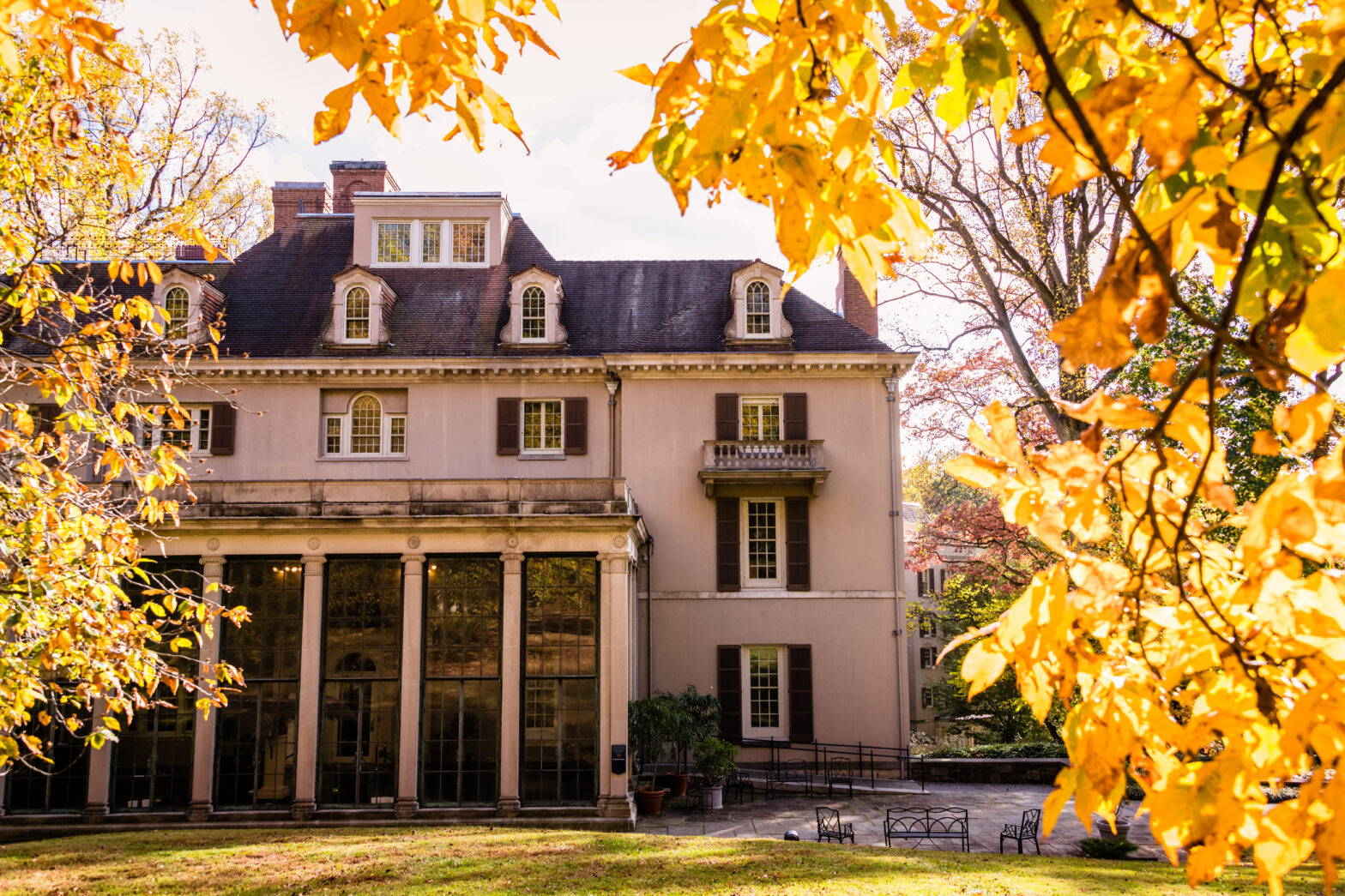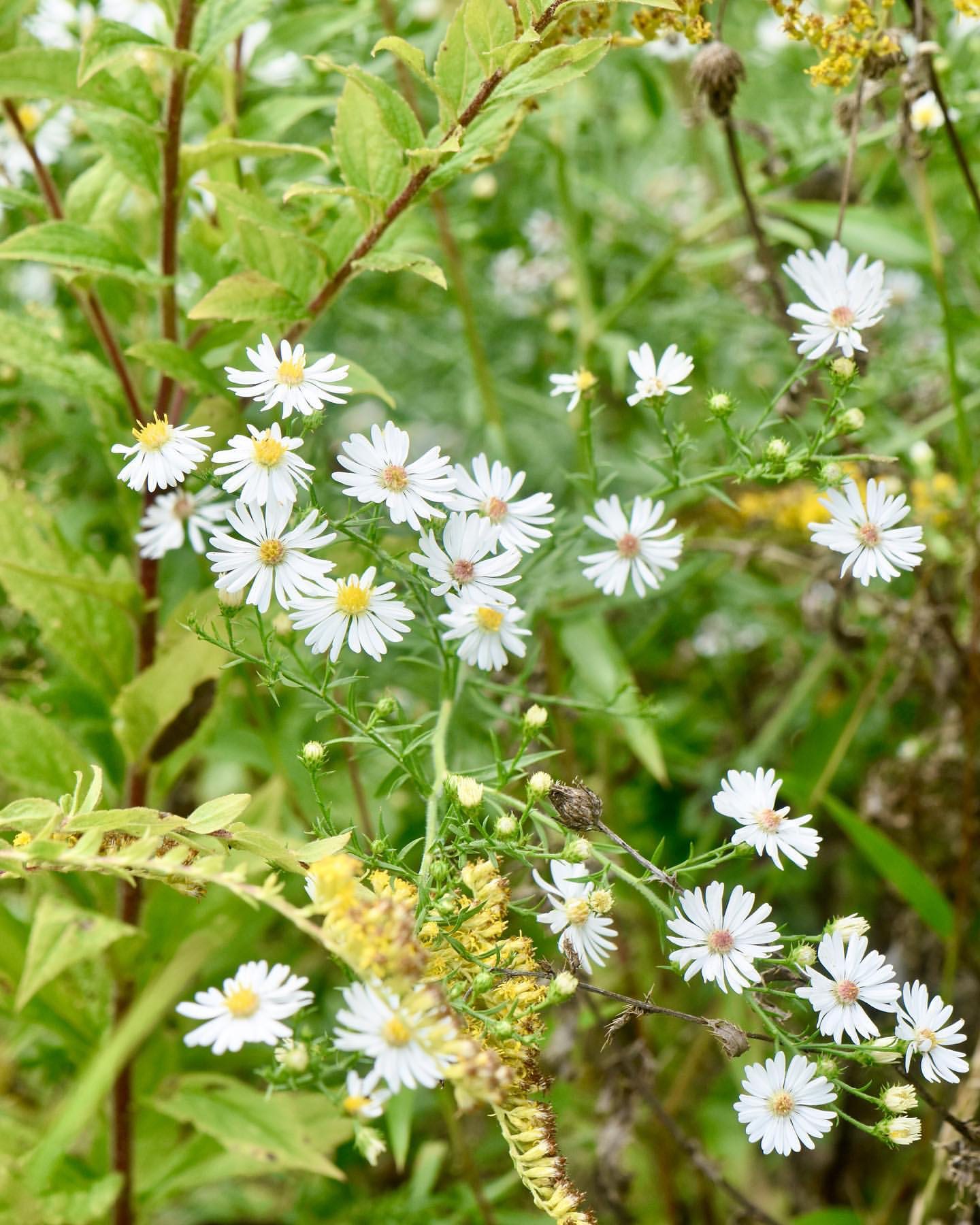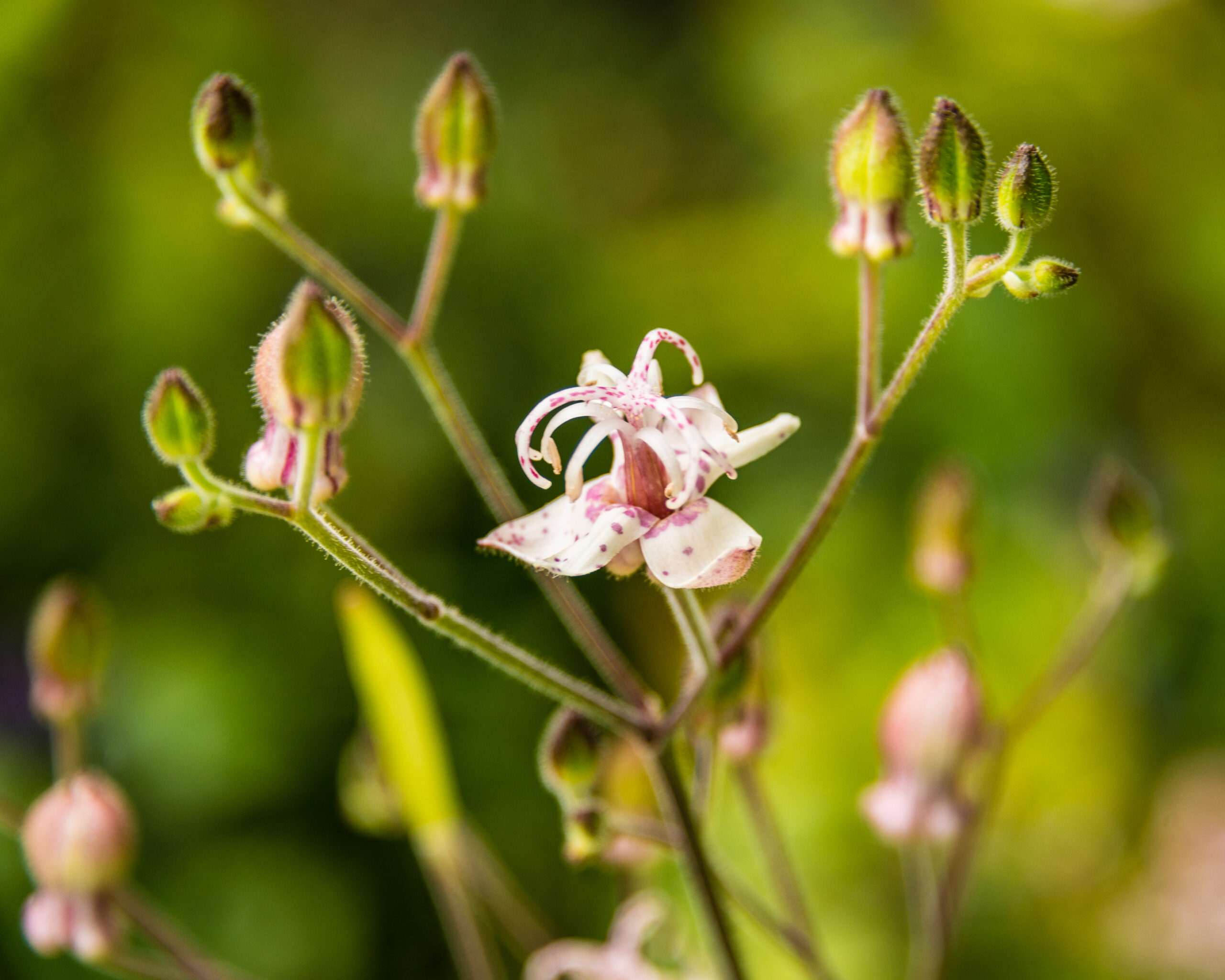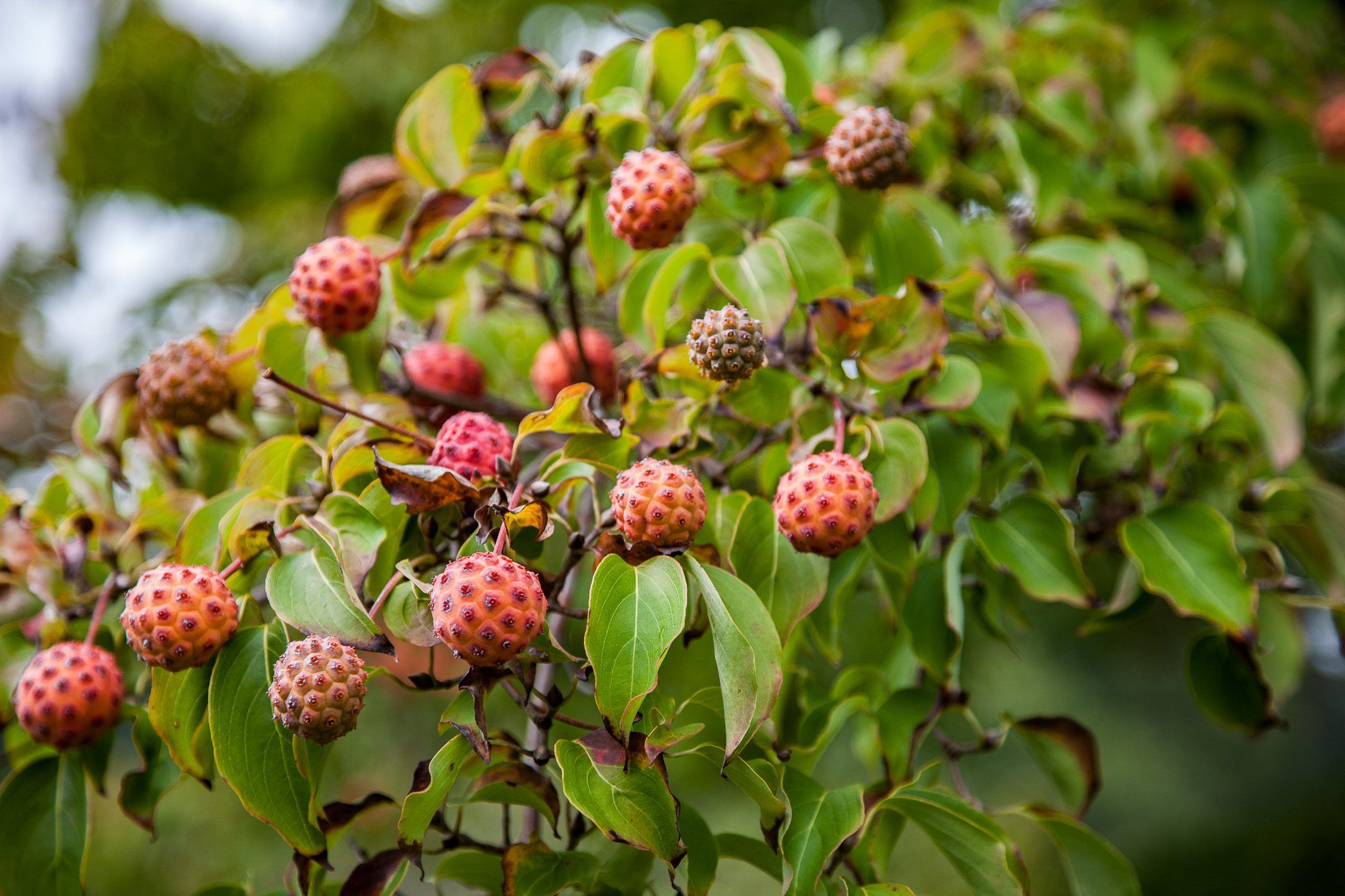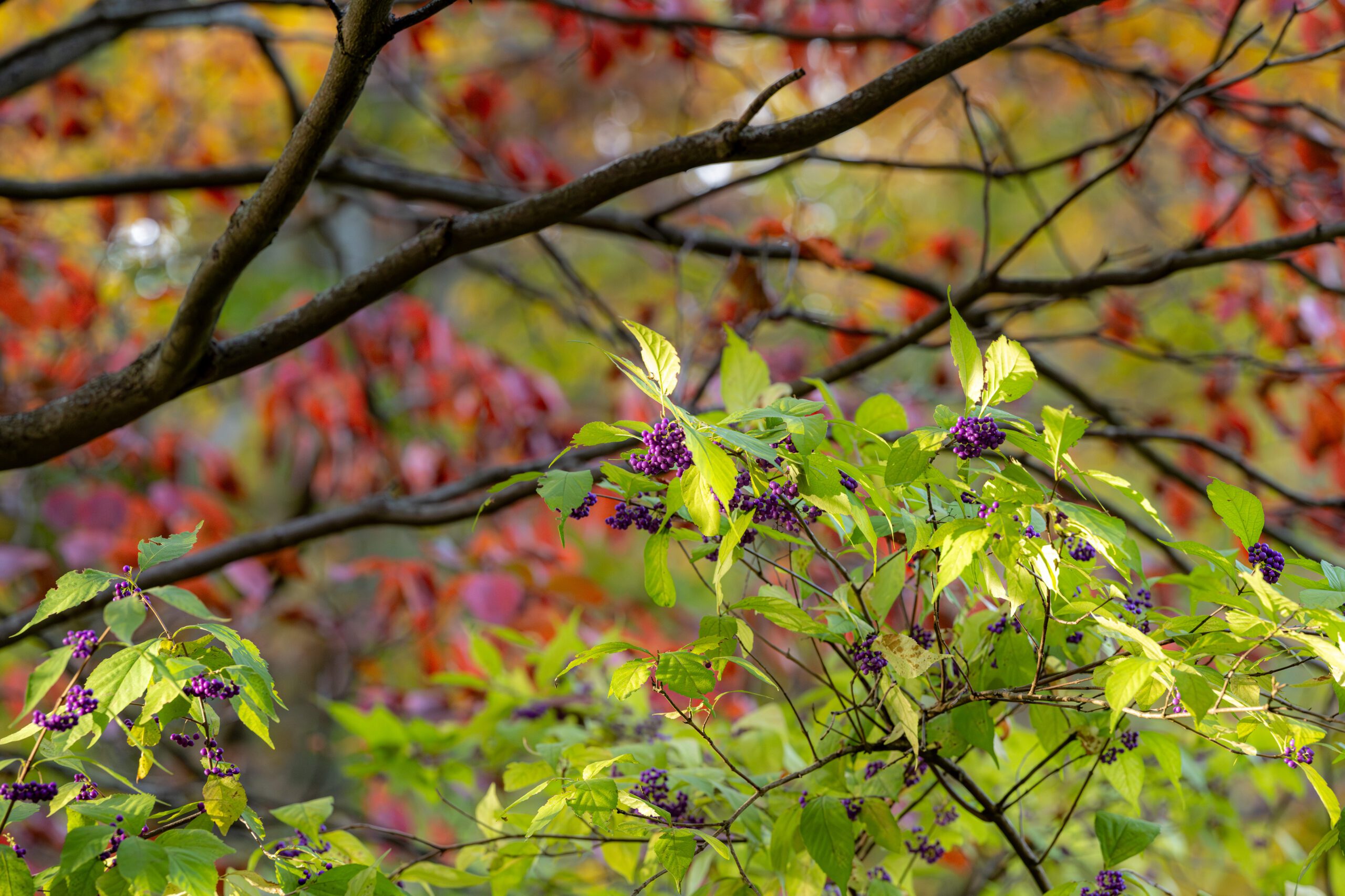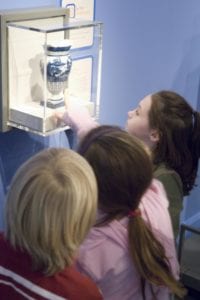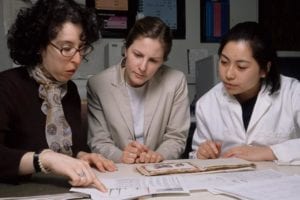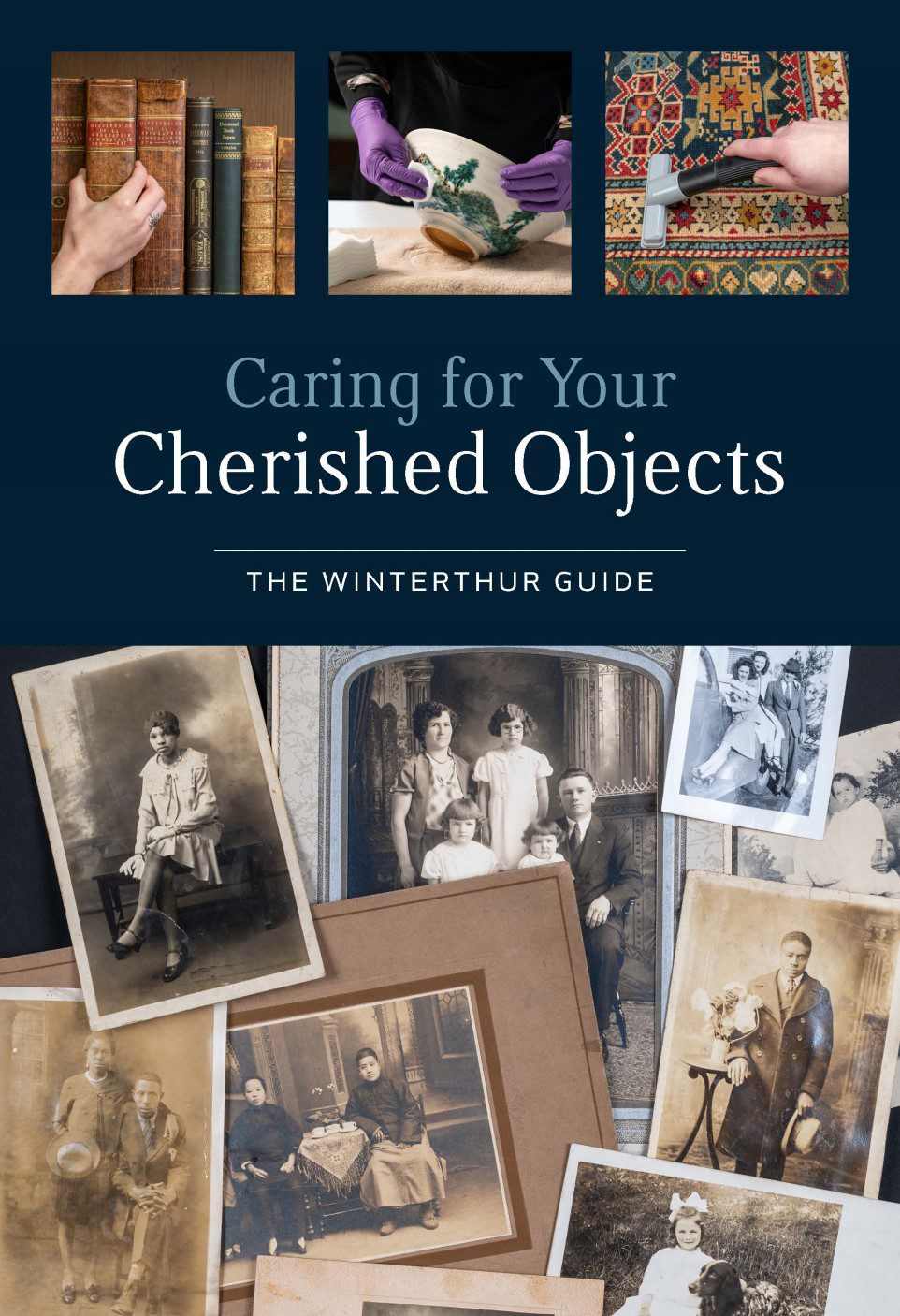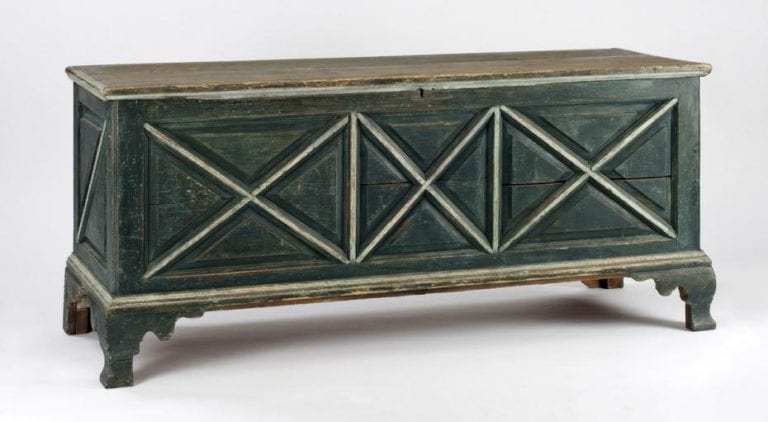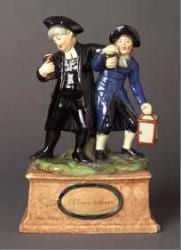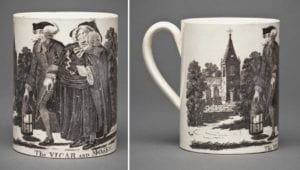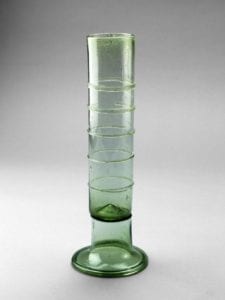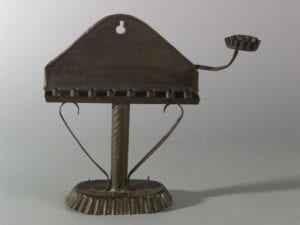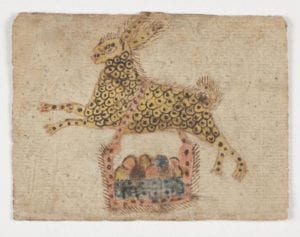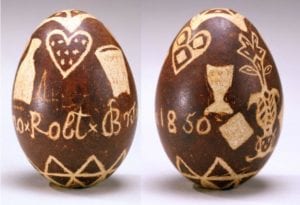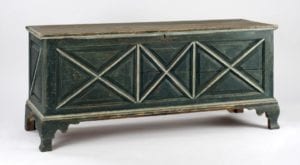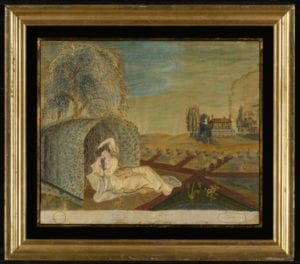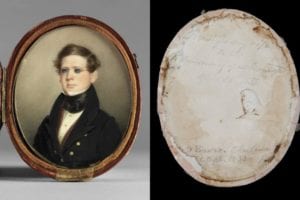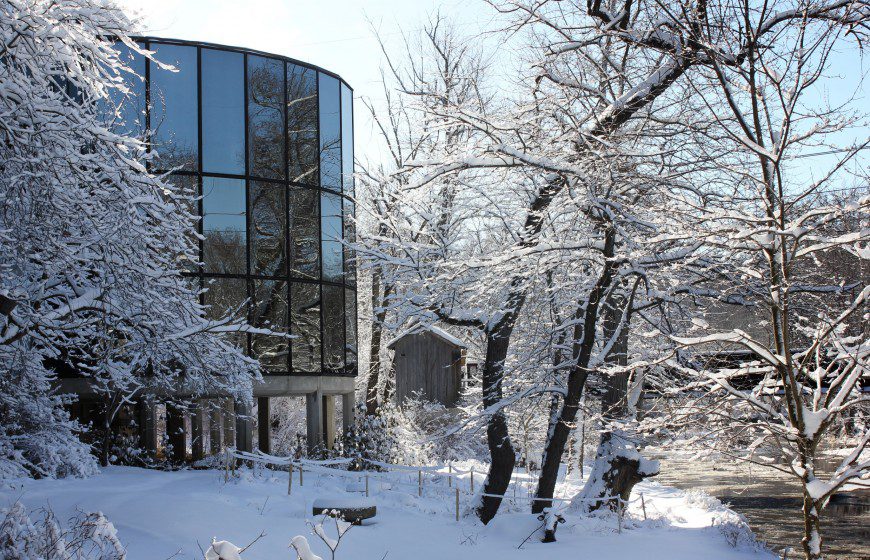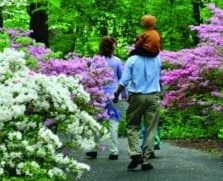Winterthur Museum, Gardens & Library
WINTERTHUR BLOOM REPORT #02
January 13, 2021
45F, sunny
+: Abundant
fbb: Flower-bud breaking
b: Some bloom
fb: Full Bloom
pf: Petals falling/drying
pb: Past bloom (few remain)
ber: Berries, fruits
Check these out:- Snowdrops:
- Snowdrop (Galanthus elwesii) leaves and buds are emerging throughout the gardens. They are particularly plentiful along the March Bank.
- Some varieties of snowdrops (Galanthus varieties) in the collection in the raised beds along the East Museum terrace are in full bloom.
- Few blossoms remain in the garden; however, a few bits of color can still be found:
- Brilliant red berries and colored foliage can be found on the willow-leaf cotoneaster (Cotoneaster salicifolia) along the fence on Sycamore Hill.
- On the Enchanted Woods side of Garden Lane, the Kurume azalea hybrids (Rhododendron ‘Firefly’ and Rhododendron #16 small single white) are displaying bronze-red and yellow-green leaves respectively.
ENTRANCE DRIVE AND PARKING AREA
ber Catalpa species (Catalpa – long, brown, string-bean-like seed pods) b Forsythia x intermedia (Forsythia – yellow – at upper edge of parking lot) pb Hydrangea paniculata ‘Grandiflora’ (Pee Gee hydrangea – brown) ber Paulownia tomentosa (Princess tree – clusters of round brown seed pods) LAGOONSSUMMER SHRUB SLOPE
pb Hydrangea paniculata ‘Grandiflora’ (Pee Gee hydrangea – brown) PARKING AREA TO VISITOR CENTERWALK FROM VISITOR CENTER TO UNDERPASS
b Hammamelis mollis ‘Pallida’ (Pale Chinese witch hazel – light yellow) b Hammamelis mollis ‘Wisley Supreme’ (Chinese witch hazel variety – yellow) fb Hammamelis vernalis (Vernal witch hazel – rusty-red)WALK FROM UNDERPASS TO MUSHROOM
fbb Galanthus elwesii (Giant snowdrop – white) SLOPE DOWN TOWARDS MUSEUMPEONY GARDEN
pf Forsythia x intermedia (Forsythia – yellow – at edge of Museum lawn – few flowers)AZALEA WOODS
fbb Galanthus elwesii (Giant snowdrop – white) LOWER AZALEA WOODSUPPER/EAST TERRACE AND STEPS
b Galanthus ‘Louise Ann Bromley’ (Snowdrop variety – white) fbb Galanthus ‘Phantom’ (Snpwdrop variety – white) pf Jasminum nudiflorum (Winter jasmine – yellow) fbb Lonicera fragrantissima (Fragrant honeysuckle – white) fbb Pieris japonica ‘Dorothy Wycoff’ (Andromeda cultivar – dark pink buds)EAST FRONT OF MUSEUM & Around Corner
ber Callicarpa japonica (Japanese beautyberry – purple berries – few left) b Galanthus ‘Castelgar’ (Snowdrop variety – white) fbb Galanthus elwesii ‘Grumpy’ (Snowdrop variety – white) fb Galanthus elwesii ‘Natalie Garton’ (Snowdrop variety – white) fbb Galanthus elwesii var. monostichtus (Snowdrop variety – white) fb Galanthus ‘Farmingdon Double’ (Snowdrop variety – white) fbb Glaanthus ‘Fieldgate Prelude’ (Snowdrop variety – white) fb Galanthus ‘Gabriel’ (Snowdrop variety – white) fbb Galanthus ‘Galatea’ (Snowdrop variety – white) fbb Galanthus ‘John Gray’ (Snowdrop variety – white) fbb Galanthus ‘Marjorie Brown’ (Snowdrop variety – white) fbb Galanthus ‘Miller’s Late’ (Snowdrop cultivar – white) fbb Galanthus ‘Mrs. Thompson’ (Snowdrop variety – white) fbb Galanthus ‘Percy Picton’ (Snowdrop variety – white) fbb Galanthus plicatus ‘Diggory’ (Snowdrop variety – white) fbb Galanthus plicatus ‘Trym’ (Snowdrop variety – white) fbb Galanthus ‘Spindlestone Surprise’ (Snowdrop variety – white) b Helleborus ‘Brandywine’ (Lenten rose variety – pink, white) fb Lonicera fragrantissima (Fragrant honeysuckle – white – along Garden Lane across from Bath House)WALK FROM GLASS CORRIDOR TO REFLECTING POOL
fbb Galanthus elwesii (Giant snowdrop – white) pb Hydrangea paniculata ‘Tardiva’ (Panicle hydrangea cultivar – brown) ber Ilex opaca (American holly – red berries – few left)WALK FROM FISH PONDS – THE GLADE – TO BRIDGE
fbb Galanthus elwesii (Giant snowdrop – white) pb Hydrangea arborescens (Smooth hydrangea – brown) pb Hydrangea arborescens ‘Grandiflora’ (Hills of Snow hydrangea – brown)MARCH BANK
fbb,+ Galanthus elwesii (Giant snowdrop – white)MAGNOLIA BEND AND WALK ON SOUTH SIDE OF STREAM
pb Hydrangea arborescens (Smooth hydrangea – brown) pb Hydrangea quercifolia (Oakleaf hydrangea – brown) GARDEN LANEWINTERHAZEL WALK
fb Helleborus foetidis (Bear’s foot hellebore – greenish) ICEWELL TERRACEPINETUM
fbb Chaenomeles cultivars (Flowering quince – red, orange) fbb Chaenomeles x superba ‘Crimson & Gold’ (Flowering quince cultivar – crimson) fbb Chaenomeles x superba ‘Texas Scarlet’ (Flowering quince cultivar – scarlet) b Viburnum farreri (Fragrant viburnum – pale pink to white) fbb Viburnum macrocephalum ‘Sterile’ (Snowball viburnum variety – greenish-white)SUNDIAL GARDEN
ber Paulownia tomentosa (Princess tree – clusters of round brown seed pods) fbb Spiraea arguta (Spiraea species – white – few buds) TRAFFIC CIRCLEENCHANTED WOODS
fbb Galanthus elwesii (Giant snowdrop – white) pb Hydrangea arborescens ‘Grandiflora’ (Hills of Snow hydrangea – tan) pb Hydrangea quercifolia (Oakleaf hydrangea – tan) pb Hydrangea serrata (Mountain hydrangea – tan) fbb Rhododendron variety (Azalea – pink – near Turtle Bridge) OAK HILL-East SideOAK HILL-West Side
ber Viburnum dilatatum (Linden viburnum – dark red berries)QUARRY, ADJACENT WALKS, AND OUTLET STREAM
fbb Galanthus elwesii (Giant snowdrop – white) fbb Mahonia bealei (Leatherleaf mahonia – yellow-green) fbb Pieris japonica ‘Forest Flame’ (Andromeda cultivar – eye-catching red buds)SYCAMORE HILL
ber Catalpa species (Catalpa – long, green to brown, string-bean-like seed pods) ber Cotoneaster salicifolia (Cotoneaster – red berries) pb Hydrangea paniculata ‘Grandiflora’ (Pee Gee hydrangea – brown)WEST FRONT OF MUSEUM, STORE, AND CLENNY RUN
pb Camellia ‘Snow Flurry’ (Camellia variety – double white) pb Camellia ‘Survivor’ (Camellia variety – white with pink-tinged buds) b Chimonanthus praecox ‘Lutea’ (Wintersweet variety – pale yellow) fbb Galanthus elwesii (Giant snowdrop – white) pb Hamamelis virginiana (Common witch hazel – yellow ‘ribbons’ – behind Museum Store at parking lot wall) fbb Helleborus x hybridus ‘Pine Knot Select-Our Best’ (Hellebore varieties/Lenten Rose – apricot, pink, pink spotted) pb Hydrangea arborescens (Smooth hydrangea – tan) pb Hydrangea quercifolia (Oakleaf hydrangea – dried brown – in Clenny Run at Museum bridge) ber Ilex opaca (American holly – red berries – few left) GREENHOUSE AREA BACK MEADOW – Top of Sycamore Hill to back ponds GARDEN LANE MEADOW – below Brown’s WoodsBloom Report presented by:
Pauline Myers
